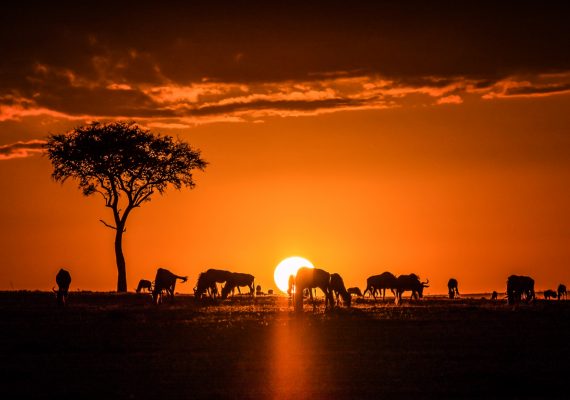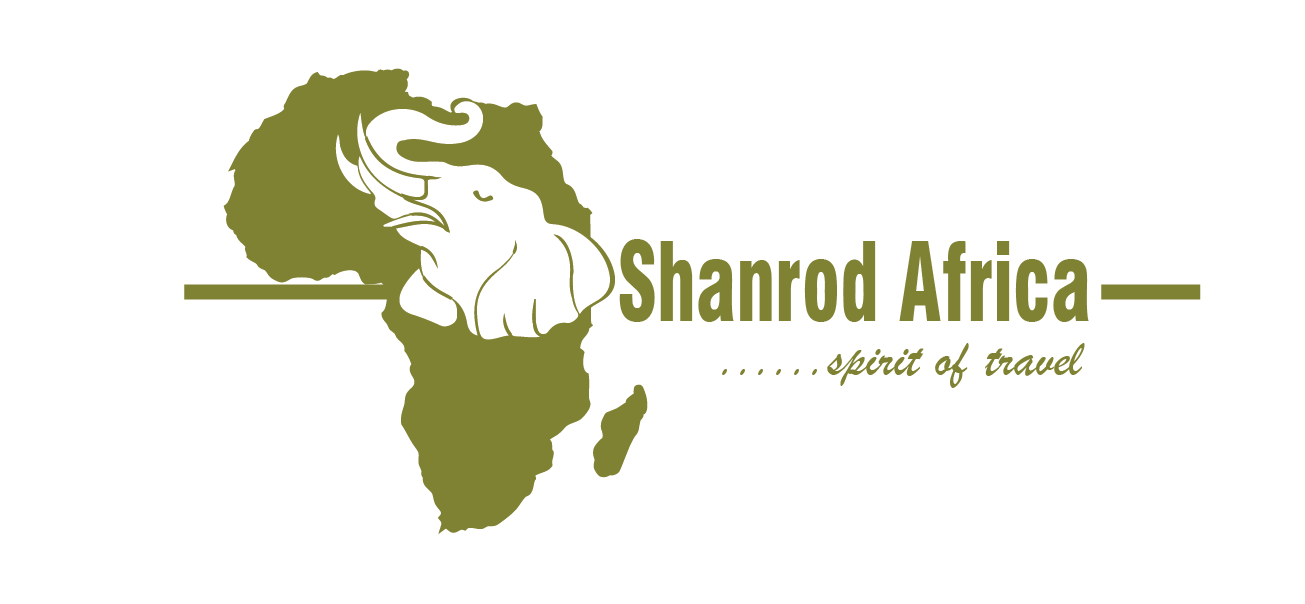The Nyerere National Park, formerly part of The Selous Game Reserve is enormous, wild and remote. And it has great wildlife – big game, cape hunting dogs, sable, roan, greater and lesser kudu, raptors, ostrich, crocs, hippos etc. But the main point is that this wildlife can be enjoyed in such a variety of interesting habitats within this fabulous place. Most places that are currently accessible have a lot of small informal tracks. This makes it much easier to get reasonably close to the animals you want to enjoy, and there is no sign that this is having a negative impact.
This factor of the many small game viewing tracks is important (and unlike some other National Parks in East Africa) because many a safari visitor has come on safari hoping to witness what they have viewed on TV or social media, not understanding that much of what they view has been filmed by people with off-track privileges. In the Nyerere National Park it is possible to get within a reasonable but respectful distance of wildlife. The Rufiji River, Tanzania’s largest, flows through the northern part of the Park, and this river which is slow moving and wide, has created a number of oxbow lakes in its northern flood plains, and they create a beautiful landscape of plains and woodlands interspersed with expanses of water. The lakes are fringed by Borassus and doum palm groves and other attractive trees, and besides being home for very large populations of hippos and crocodiles, these lakes are a magnet for wildlife in the dry season.
The hinterland away from the river is characterized by extensive savannahs and woodlands, with occasional baobabs, and large stands of Terminalia trees with their tiers of attractive leaf tables These are intensively browsed by giraffe which arrived relatively recently into this area and are now increasing fast in numbers. As one winds around this interesting landscape on small intimate tracks enjoying the wildlife it is easy to understand why the Selous was declared a protected area in 1896 and part of which is now the Nyerere National Park.
Altitude: The National park is at a relatively low altitude, averaging about 1000 meters above sea level.
Seasons: The dry season starts in June and lasts until about November, and although the remainder of the year is relatively wet the National Park is green and absolutely beautiful from December to February, with many parts easily accessible.
History
It was first given formal protection in 1896 when Tanzania was a German colony, and hunting was allowed from 1905. In 1922 the area was given its name of The Selous Game Reserve in memory of Englishman Frederick Selous who hunted and wrote extensively about the area. In 1940 it was enlarged to 54,600 sq km and in 1982 became a World Heritage Site. In 2019 about 30,000 km was separated from the reserve and made into a National Park and renamed the Nyerere National Park in honor of Tanzania’s first President who was himself a devoted conservationist. This makes it the second largest National Park in Africa after the Namib Nankluft Park in Namibia which is almost entirely desert.
Activities
All sizes of roads and tracks are present in the National Park, and game driving along the numerous smaller tracks is a popular way of enjoying the wildlife.
Boating. Watching wildlife from the water is a beautiful and different way of game viewing. Crocodiles and hippos abound and elephant, waterbuck and buffalo spend a lot of time near the water, but a mass of other game including birds will be seen.
Walking safaris and fly camping. Guided walking safaris with overnight stays in light weight fly camps are popular.
Getting around
This National Park must have one of the best game viewing networks of tracks of all National Parks, making a reasonably close but responsible approach to wildlife possible.
Game viewing by boat is also popular, either around one of the many small lakes that border the Rufiji River or on the Rufiji itself.
Getting there
Air. There are regular flights from Dar es Salaam and Arusha to a number of small airstrips supplying different camps and lodges.
Road. There are 2 ways of getting to the Park from Dar es Salaam. The shortest is about 240 km and goes via Kibiti to the Mtemere Gate. The longer but more interesting route (350 km) goes via Mikumi National Park, Morogoro, the Uluguru Mountains and Kisaki to the Matambwe Gate.
Train. The Tazara railway traverses the National Park and one of the stops is at Kisaki, from where you will have to be picked up by a lodge vehicle. Other trains will stop at Matambwe near the Matambwe Gate.
Safari Ideas
Nyerere National Park is well supplied with airstrips, and being relatively close to Dar es Salaam it fits well into many safari itineraries. This is especially since it is almost en route to Ruaha, Katavi and Mahale. And any one of these Parks can link by air to the northern circuits. Nyerere National Park also makes a fitting end to almost any safari in Tanzania because of it proximity to Dar es Salaam by air (45 minutes).
Popular Tanzania Safaris







